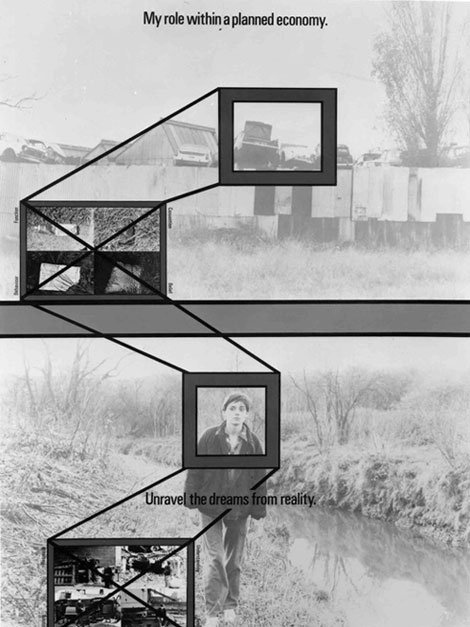Homosexuality and Psychoanalysis, eds. Tim Dean and Christopher Lane (Chicago: University of Chicago Press, 2001).
Jackie Stacey, Teratologies: A Cultural Study of Cancer (New York: Routledge, 1997).
“Violence and Redemption,” eds. Candace Vogler and Patchen Markell, special issue, Public Culture vol. 15, no. 1 (2003).
Lauren Berlant’s blog is called “Supervalent Thought” →.
Shaka McGlotten, “Ordinary Intersections: Speculations on Difference, Justice, and Utopia in Black Queer Life,” Transforming Anthropology vol. 20, no. 1 (2012): 45–66.
In particular, Patricia Williams, The Alchemy of Race and Rights(Cambridge, MA: Harvard Univ. Press, 1991) and Frantz Fanon,Black Skin, White Masks, trans. Charles Lam Markmann (London: Pluto Press, 1986 [1952]).
This is the third of a four-part meditation in this issue on the problem of time, effort, and endurance in conditions of precarity, and pragmatic efforts to embank an otherwise.
